After the first 10 or so, the 46 High Peaks blur into a vision of green, trees, mud, roots, and elevation. Memory starts to dwindle, and it becomes difficult to differentiate between the 27th tallest and the 39th. Most, upon being asked, remember their highlight hikes, those of Mt. Marcy, the tallest, or Algonquin, or Giant, or Haystack. Mountains well within the top ten highest. However, being only the 16th tallest, Wright peak easily holds a place in my Adirondack, high peak highlights.
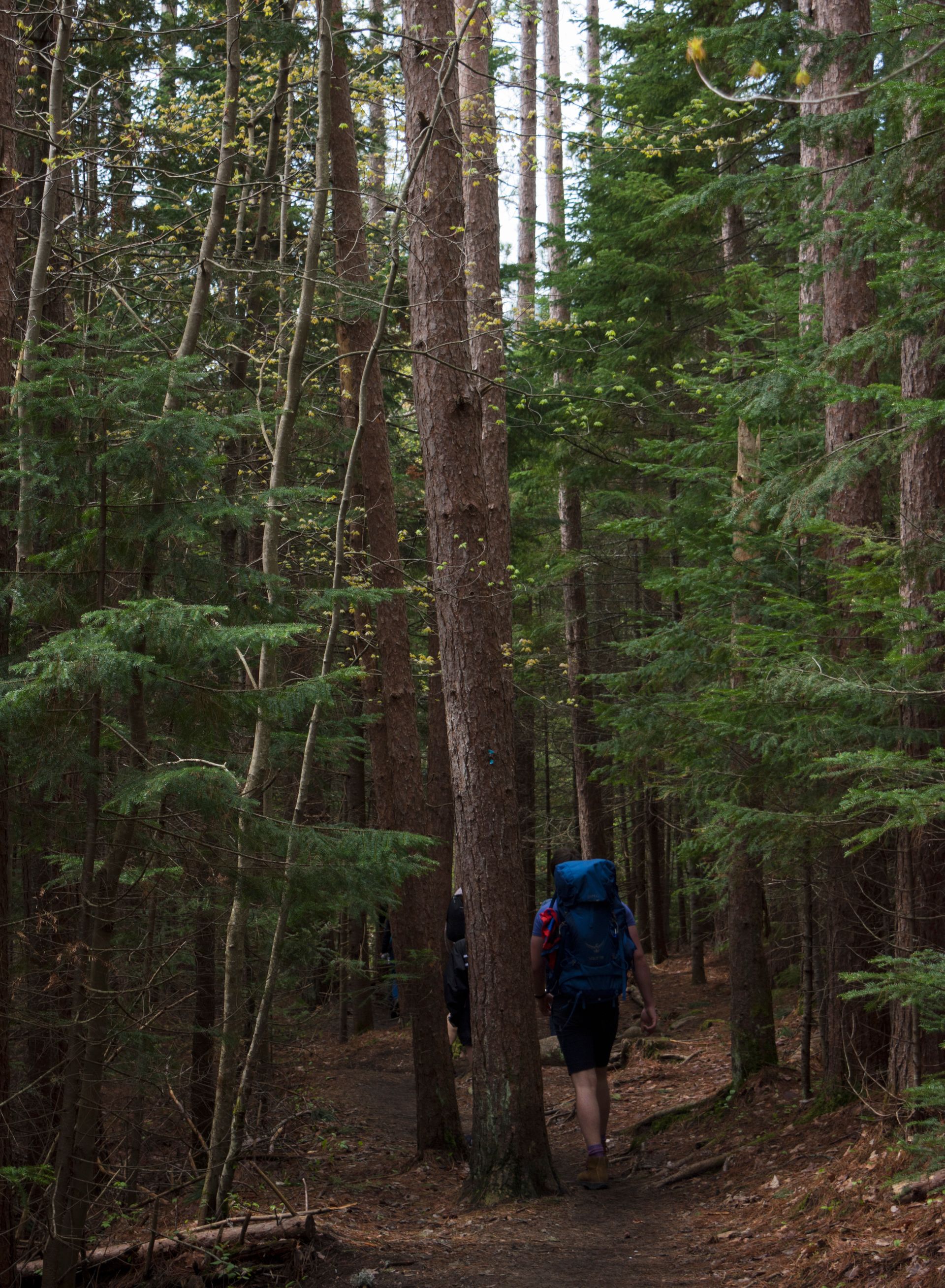
Wanting to share my love of the Adirondacks with my family, I knew hiking anything too intense, like Marcy or Algonquin, was out of the picture. I looked at a map of the many, many peaks, and decided that Wright seemed just about right. It was close to the Adirondack Loj, a special place I wanted to share, it was beneath Algonquin, and had a clear view of Marcy from the summit. More selfishly, I had never hiked Wright and needed to scratch it off of my growing list of Completely 46ers.
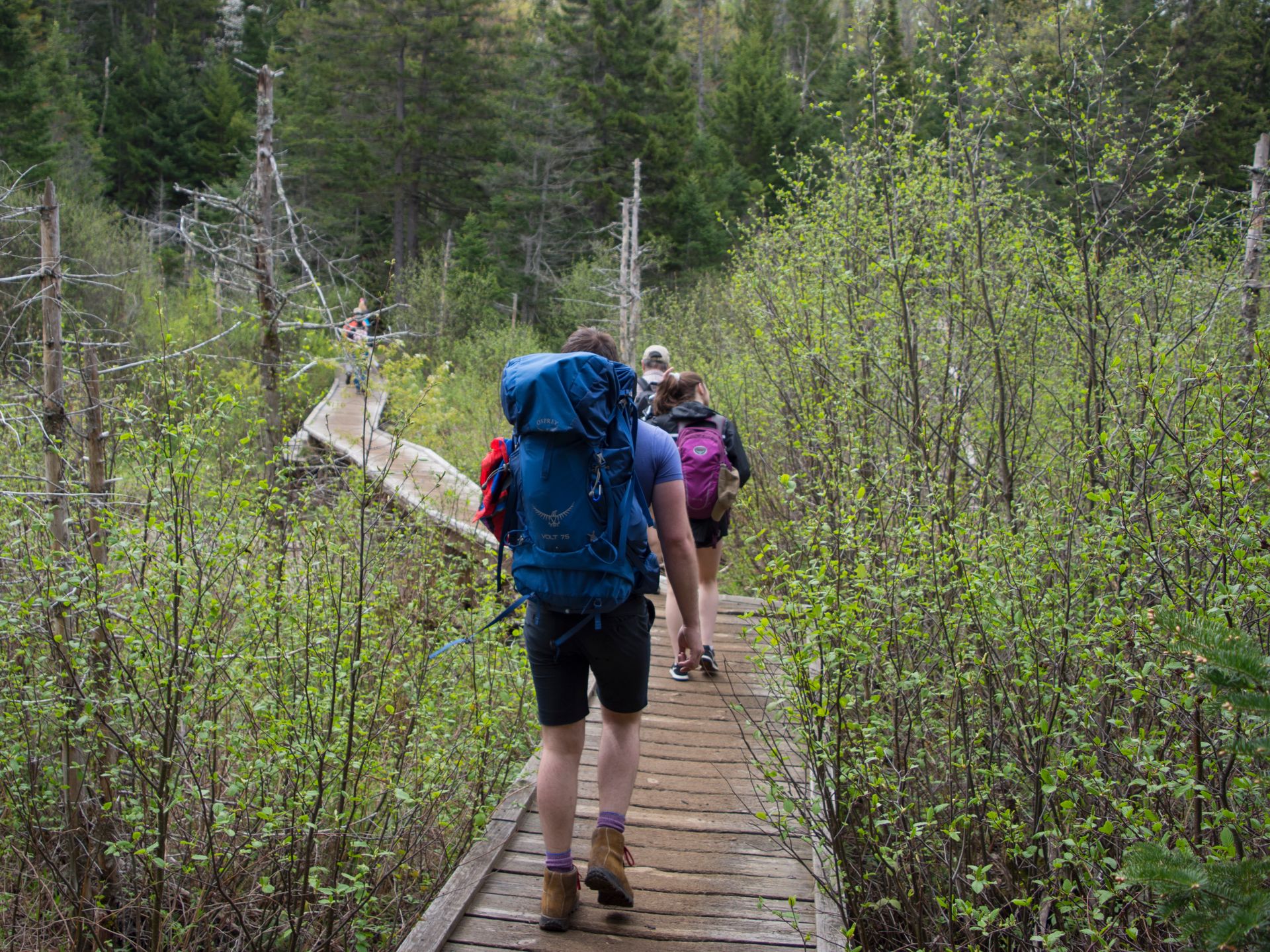
On popular weekends, the Loj can lose control of parking. Memorial day was one of those days. Like many others, we were shooed away from the Loj parking and forced to park about a mile away down the dirt road. Make sure to watch where you park in this area, signs for no parking are posted along the road.
Once situated, we walked back to the Loj and found the Algonquin Trailhead - our entrance into the High Peaks Wilderness.

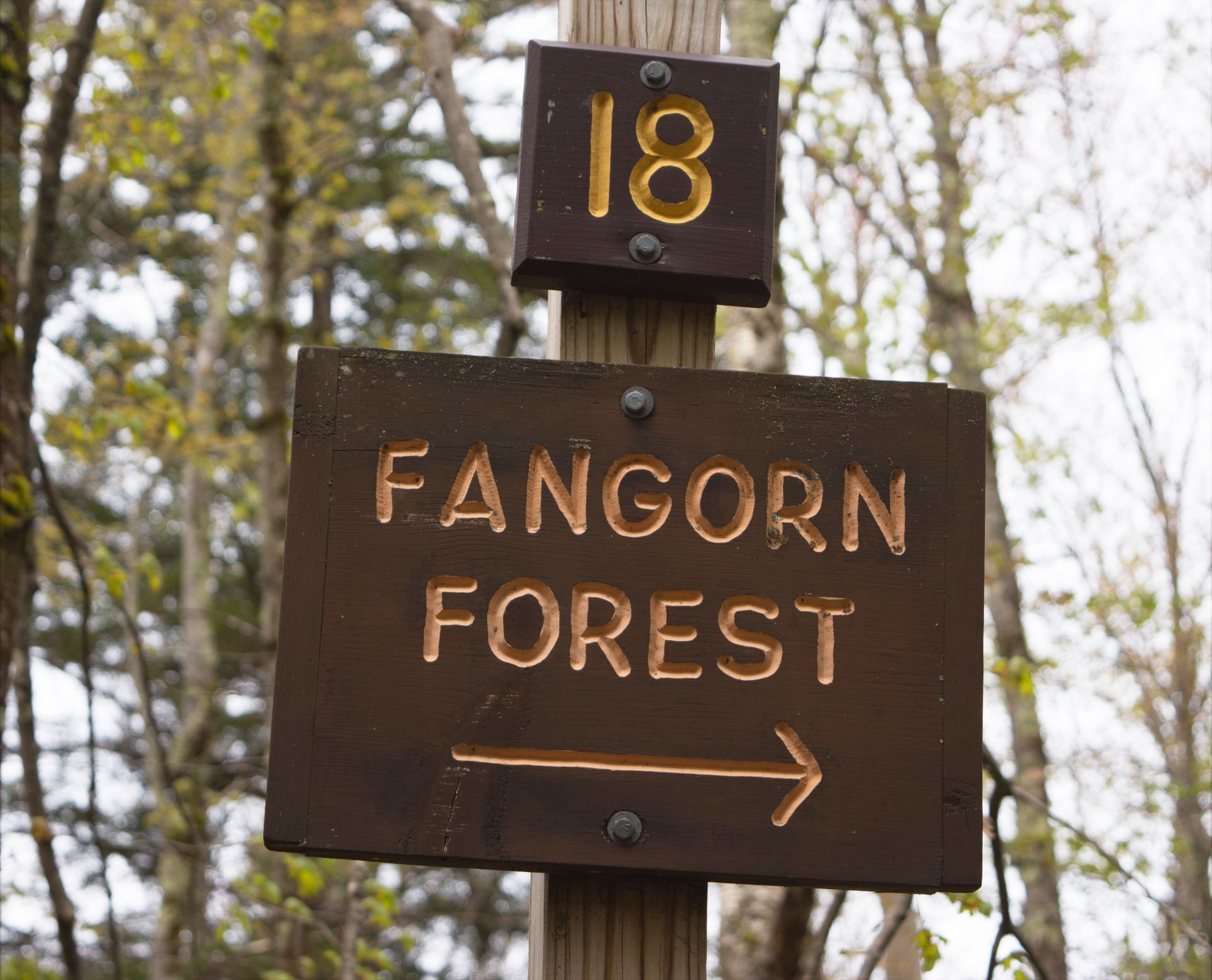
The Algonquin Trail plays with your confidence. For the first mile, the path is a perfectly joyful walk in the woods. There is little elevation change, the scenery that of a classic North Eastern forest, and water plentiful.
Without much warning, the trail begins to gain elevation, and it doesn't stop until the top.
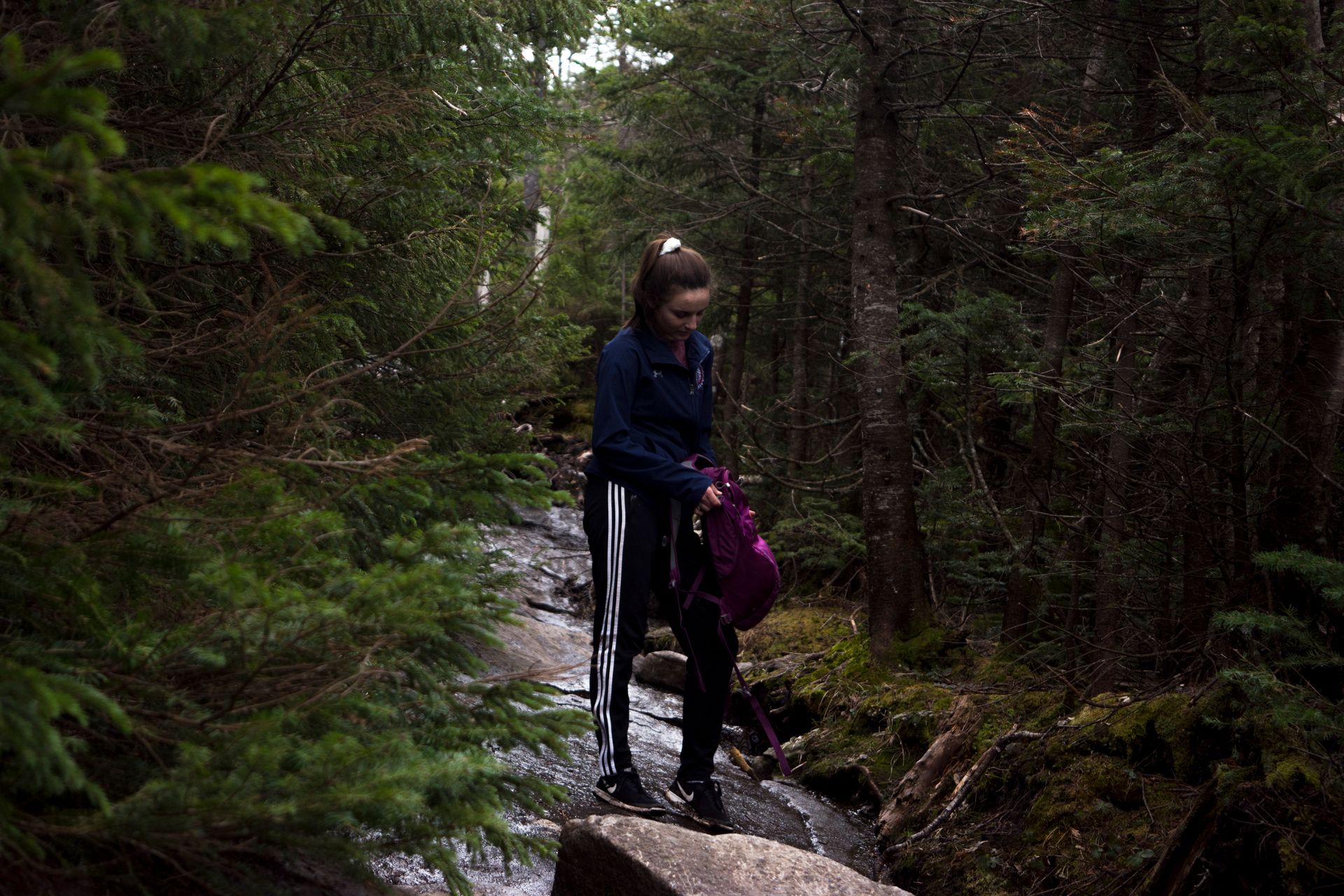
Most of the trail follows a dried stream bed, making for some dangerous footing and muddy landings. Keep alert while ascending, many people fall and have to be carried out of this area. Getting closer to the alpine zone, 3,500 feet, the trail turned into a solid rockface. On wet days, this can become very slick.
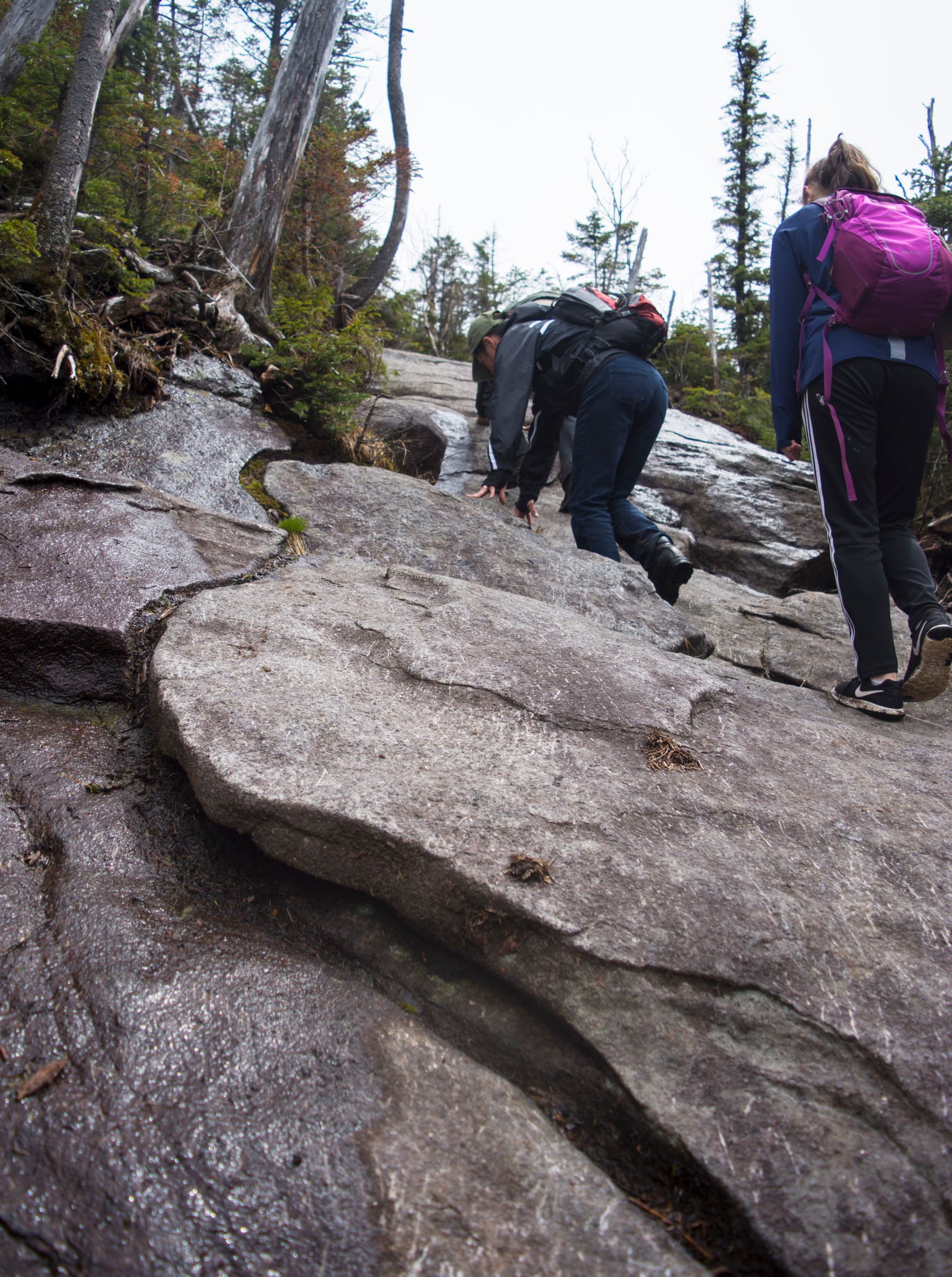
Still on the Algonquin Trail, a split nearing the alpine zone will have a sign with an arrow pointing away from the trail to towards Wright Peak, showing 0.4 miles to the top. Another sign will soon greet you stating that you have made it to the alpine zone. Once here, views will begin to break through the treeline, and boy are they worth the trouble.

As soon as you leave the treeline wind will pick up. Wright may be the 16th tallest, but it's the 1st windiest. For whatever reason, the wind rolls over Algonquin Peak and smashes down on Wright. Some find this daunting, but others, including myself, find the high winds exciting.
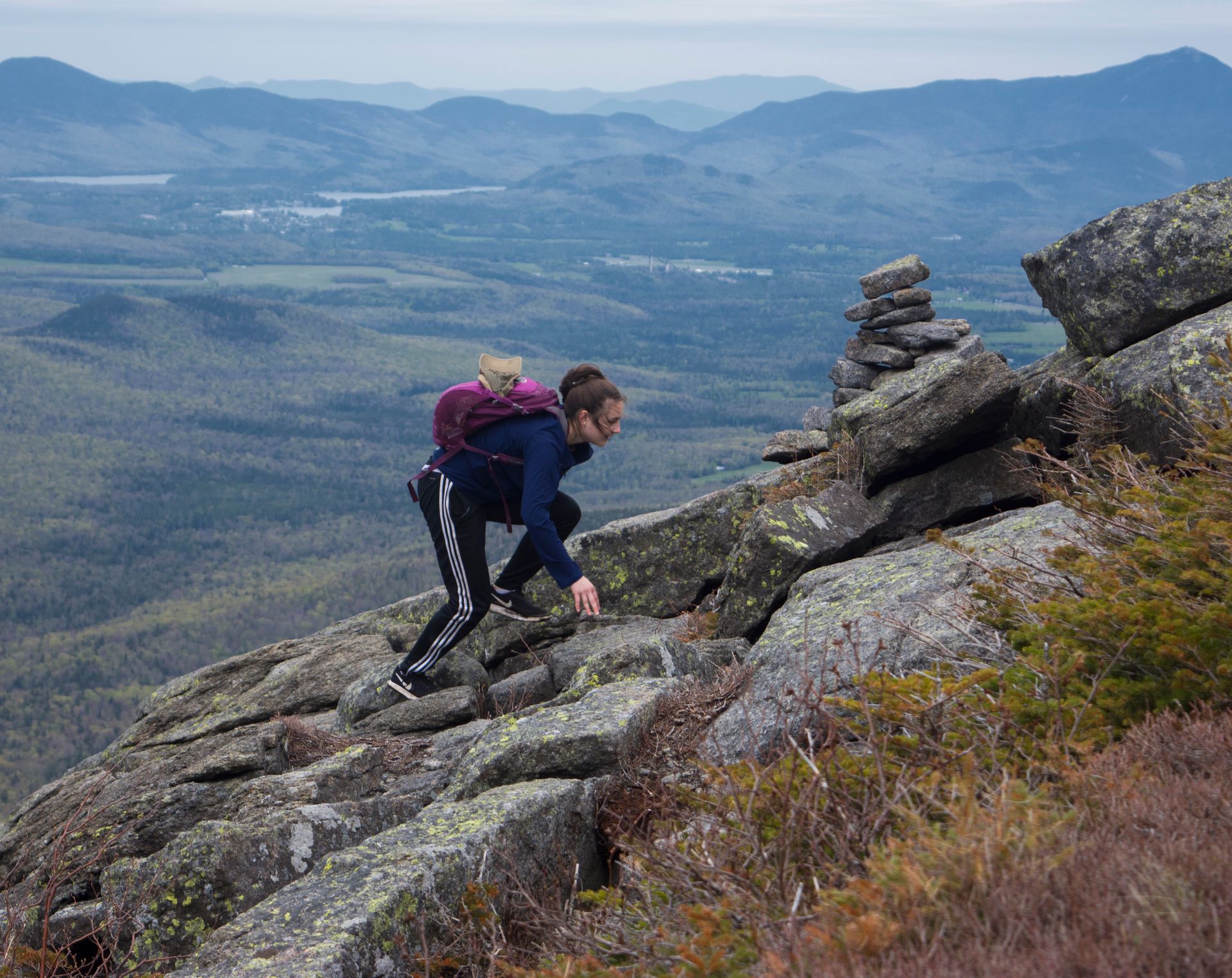
With some words of encouragement, my sister and my mom fought for every step against the 50+ mph winds and the intense elevation. My brother, Andy, and I were running around enjoying the moment. We all made it to the top through our own methods of self-motivation.

Wright, already surprisingly fun with the wind, still held another secret. A volunteer ranger at the top warned folks not to step on any vegetation at the top of the mountains - they are very delicate in alpine zones and can be damaged by hikers. They warn to stay on hard surfaces while exploring the top of the mountain.
As I hopped from boulder to boulder - avoiding the moss and grass - I looked for something I had read years before. Apparently, sometime in the 60s, a B-47 had crashed on Wright Peak, killing the crew and cascading the mountain in metal shrapnel. Parts of the plane can be found all over the peak if you just look hard enough.

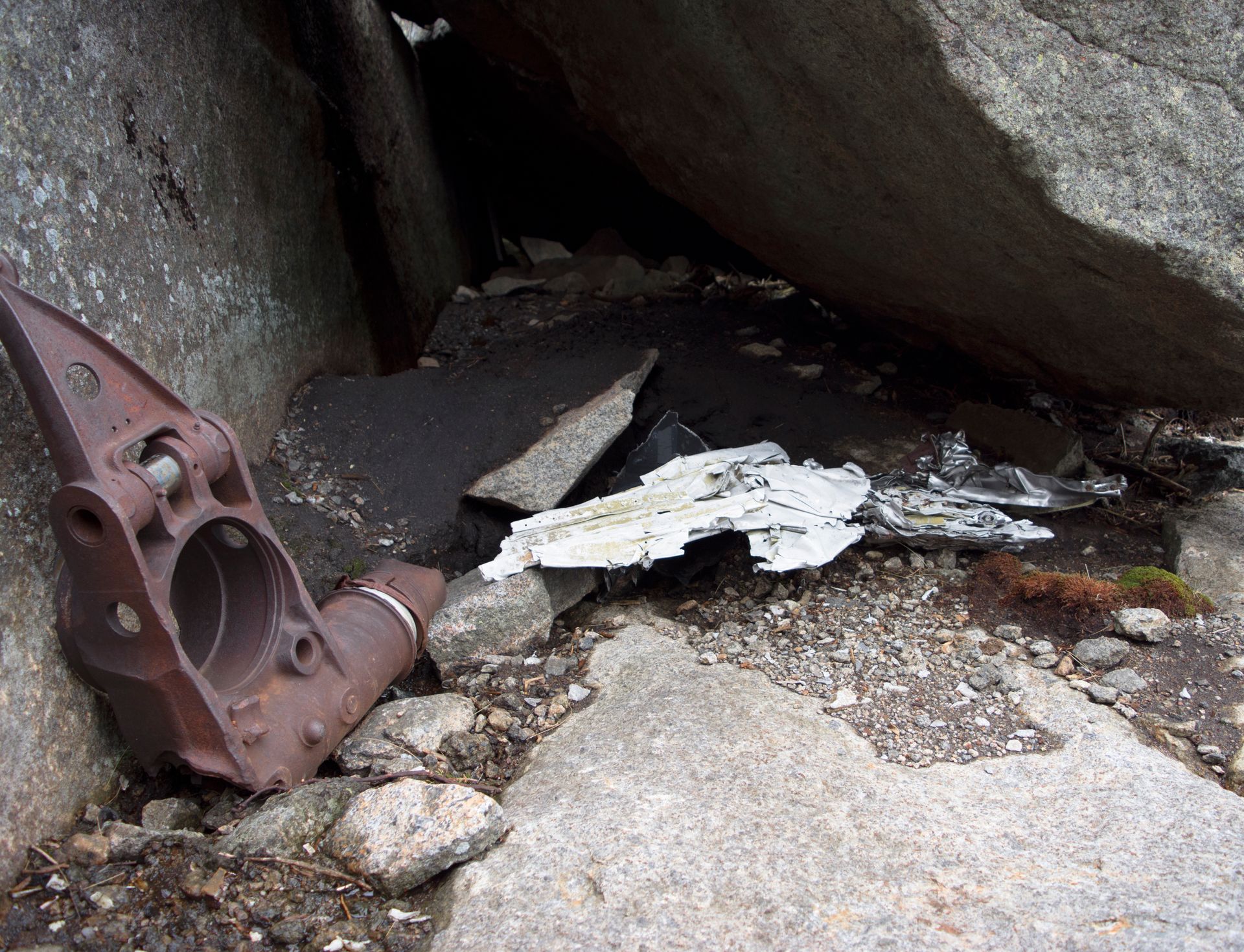
Unfortunately, hikers have been pocketing pieces of the crash, dismantling the plane one bolt at a time. Only the largest and most hidden pieces are left. Following the rules of Leave No Trace, hikers should leave what they find, which includes modern artifacts as much as ancient ones.
I soon found the plaque dedicated to the crash. It's drilled into the side of a large boulder about a hundred yards away from the summit. The haunting words reminded me of how dangerous mountains can be, even if they are only 4,000 feet tall.
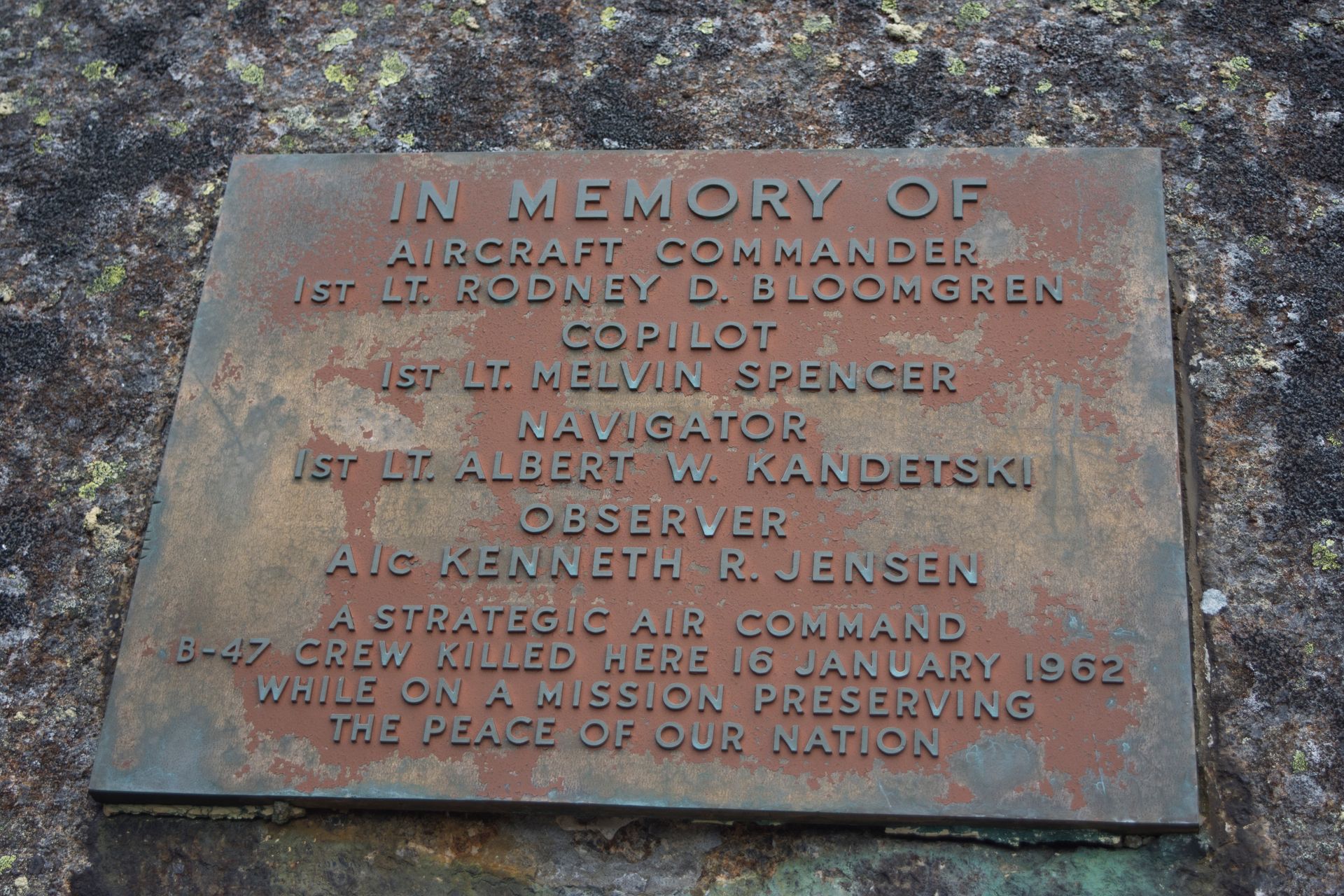
Though Algonquin stood confidently above Wright, I have to say that Wright offers as much adventure as his neighbor. While hiking to Algonquin, go half a mile out of the way to see his little brother, and enjoy the winds, the views, and the memorial at the top.

If you're lucky, and the conditions are clear, Mt. Marcy and her entourage will be visible from Wright, just beside the left shoulder of Algonquin.
Wright may not be the tallest, but the windy adventure, the emotional memorial, and the lack of people made Wright much higher on the list than 16. Wright, tagged alone with Algonquin makes for a perfect day-trip, if you're up for the challenge.
